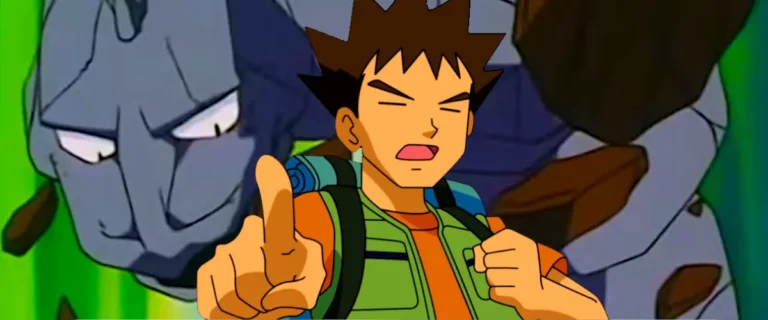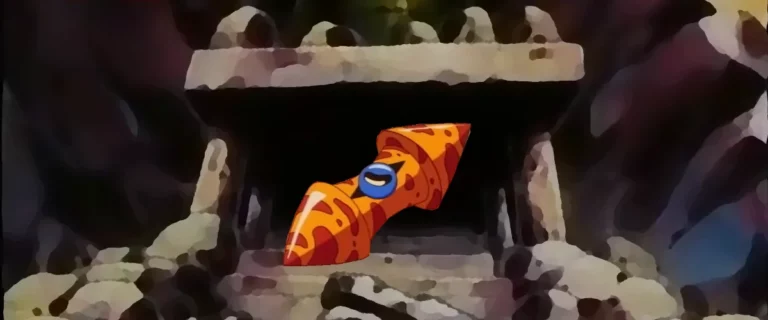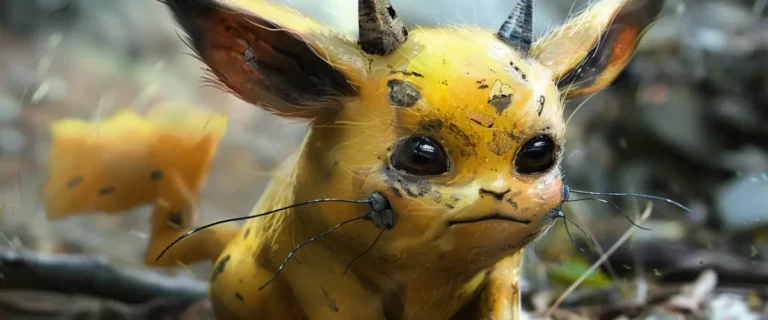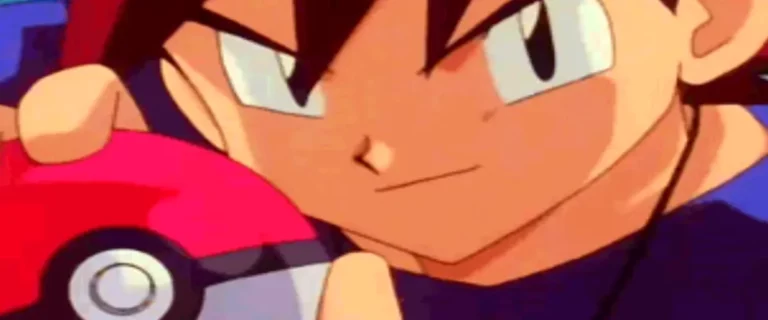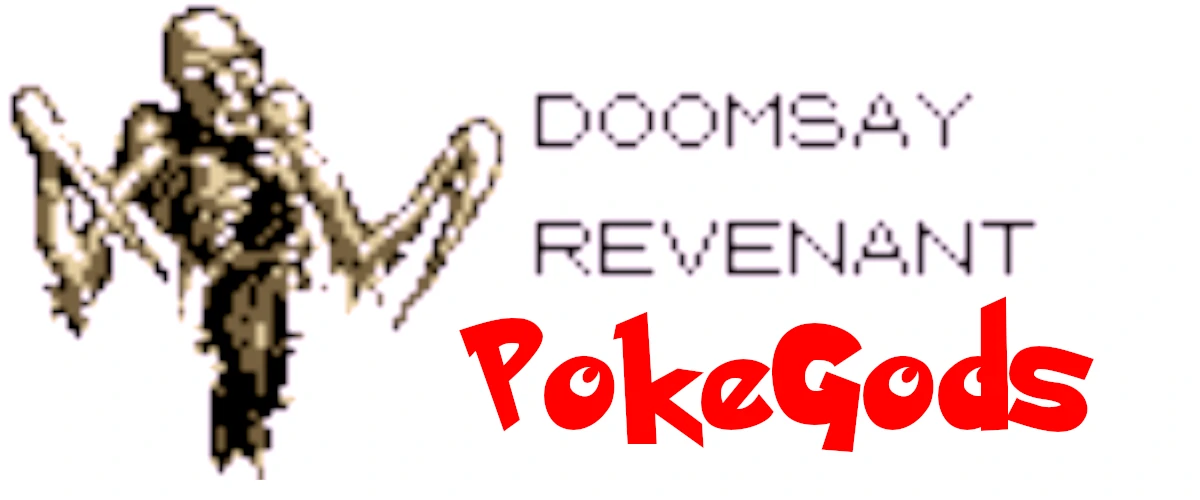

PokeGods - the legendary Pokémon gods of the 90s
It’s been many years since Pokemania broke out, although the series is currently experiencing a surge in popularity, its best days seem like a distant memory. The early 1990s was also a period where access to information was limited, not everyone had access to the Internet. Much information was passed on to each other in the form of mere gossip. This was also the case with Pokegods.
Spis treści
ToggleAt the time of the first generation of Pokemon games, hacking and so-called data mining were not yet popular phenomena, also learning in depth the mechanisms of the games and their secrets was not a simple task. Many of the theories were fueled at least by the animated series itself, which included such phenomena as Venustoise, which was an unusual combination of Blastoise and Venusaur, not appearing anywhere except in one episode of the series. Anyway, the series itself clearly indicated that there could be more than 150 Pokemon, so fans waited for any information regarding their favorite series.
There was speculation about Pokemon that had been hidden in the game’s code by the developers themselves, so that players would not know of their existence. This, by the way, was not unreasonable, as Mew himself was smuggled into the game and remained inaccessible for many years. They could also have been creatures available only in the Japanese version; after all, it differed somewhat from the versions released in Europe or America. Today, such conspiracy theories do not appear often, as times have changed and access to the Internet is widespread. Also, falsifying such a story is not much of a problem.
However, in the days of the early days of the series and the Internet, gamers eagerly awaited every new piece of information. That’s why Pokegods hit such fertile ground. Although they seem ridiculous and preposterous to us today, at one time many people took it very seriously.
What are Pokegods?
Pokegods were supposed to be extremely powerful legendary Pokemon, hidden and inaccessible to the player normally during the game’s story line. They could be divided into several groups:
- Evolutions of available Pokémon in the game, often through specific and specially invented items – such as Mewthree
- Pokemons designed for the second generation of games – Pikablu
- Fully invented for urban legend – Doomsday
Regardless of what category they could be placed in, they were characterized by one thing, they were extremely powerful. It was believed that if used in battle and knocked out, they would be lost and impossible to capture again. Such requirements were meant to somehow lend credence to their existence, where with their great power also came certain limitations.
Just getting them involved a series of absurdly difficult and demanding steps, which also greatly limited the ability to verify this information. One popular belief was that you had to talk to Professor Oak 200 times to get a Mew. Nowadays, with the help of various programs, we could check this in a day, but probably years ago, not a single child spent hours on his Game Boy console pointlessly trying to meet the exorbitant requirements.
Pokegods appeared in waves, each triggered by different events.
The first was the appearance of pre-release graphics of the Gold & Silver series of games in the Japanese press. These games were still in production and were unknown to the rest of the world. They made their way to the US fairly quickly and gave rise to the PokeGods phenomenon.
The second event was the appearance of information about the second generation for foreign fans. Also, the appearance of the second film Pokémon 2: Believe in Your Strength caused quite a stir among fans, many new creatures were presented there, such as Lugia, Snubbull, Marill and Donphan. It was already a time when the phenomenon of Pokemon gods was losing ground, with more and more information appearing online, as well as the appearance of new Pokemon, such as the aforementioned Marill, disproving strange theories about at least Pikablu.
The last period of the appearance of these unusual creatures was during the release of the second-generation games,. They were often associated with a place called Ruin of Alph. There, for example, you could meet the mythical Pokemon known as Dark Lugia. The requirements for this Pokemon were also extremely absurd. Here the instructions for the now-defunct Pokemon Valhalla site:
It is not 100% certain, and may even just be a waste of time, but it is not known, a few have seen it. Well first ( simple):
16 badges,
defeated Elite Four,
Lance and Red,
Acquired:
Raikou, Entei, Suicune, Ho-oh, Lugia, Celebi, Mewtwo, Mew, Zapdos, Moltres, Articuno.
Probably also all Eevee transformations
The last stage of (your) starter,
Completed all puzzles in Ruins of Alph
Caught all 26 Unowns (in order by alphabet)….
Now note, we do everything in the order given above.
The worst part is that you have to use Master Ball to catch Dark Lugia. Now after putting together the puzzle with Ho-oh, we drop down and look at all the statues, one by one, finally Dark Lugia pops out of some one.
Dark Lugia is a Pokemon virus, it has No. 252 in Dex and I don’t know if it doesn’t work similarly to Misingno (deletes the save).
Mew – Hidden Legend
Mew is the true prototype of PokeGods, its presence in the game is the result of its addition by the programmer at the last stage of development. Unavailable for many years, fans pushed their imaginations to the limit to get this creature and complete their Pokedex. Popular issues related to this Pokemon are:
- SS ANNE TRUCK – the player can through several ways to get to the shore in the port obo of the ship SS Anne. On the right side there is a visible truck, since its discovery there were reports that using the Strenght attack it can be moved and under it was supposed to be hidden object of desire of all trainers – Mew. The truck is either a kind of Easter Egg left by the developers or an unused left-over graphic that was not visible to the player in the normal way anyway.
- POKEDEX – Mew was supposed to be a reward for completing a Pokedex, somehow to be delivered to the player instead of a diploma. Eventually, only the Japanese versions of the game were credited with such a possibility. None, however, was true.
- OAK and ELITE FOUR – A certain amount of wins in the league, as well as the right amount of conversations with Prof. Oak were supposed to be the path to this mythical creature. These theories were fairly easy to disprove and were unlikely to become as popular as the legendary truck.
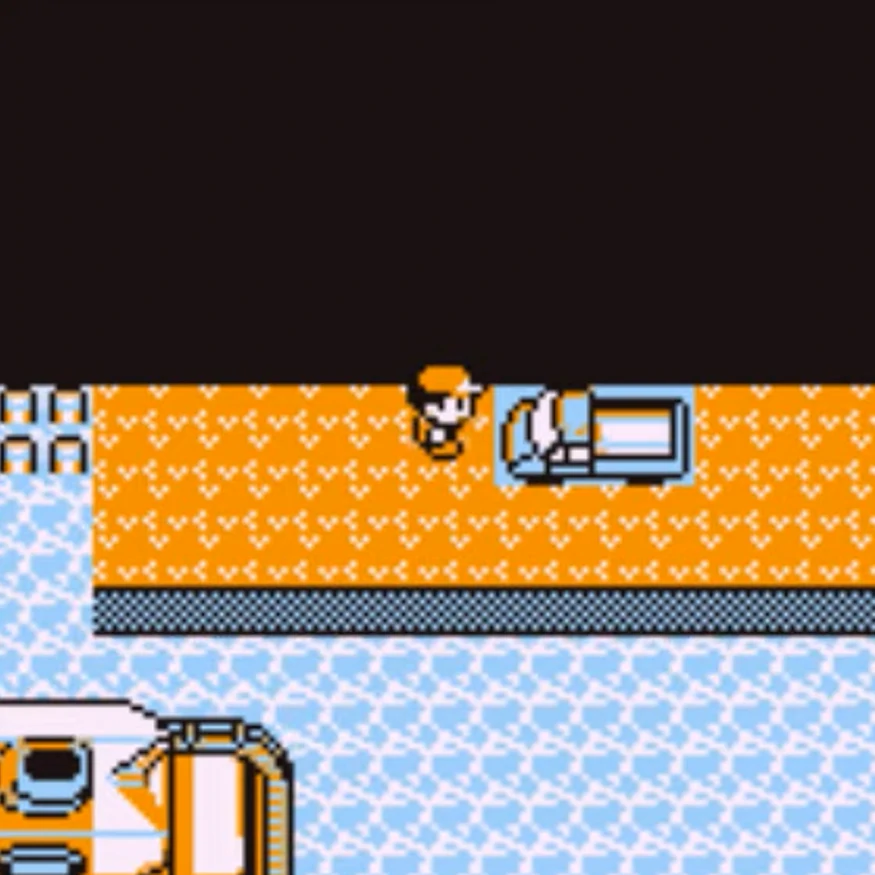
Evolutions of existing Pokémon
Many of the Pokegods had their origins in additional creature evolution. Most often with the help of strange requirements or hard-to-get items.
Some of them gained significant popularity, such as Mewthree, Flareth and Nidogod.
Others were forgotten years later. Probably it depended on how well the PokeGod was designed and its history. It is known that Pokémon such as Mewtwo or Eeveeluctions are much more popular than Sandslash or Raticate. Therefore, it is hard for them to enjoy the same popularity.
Legendary Pokémon at the time had neither child forms nor the ability to evolve in any way. Therefore, the appearance of Mewtwo in armor in the animated series only fueled theories about this powerful Pokémon.
Next to this is a list showing PokeGods created through the evolution of existing Pokémon.
Venusaur – Sapusaur/Sapasaur
Charizard – Charcoalt/Charcolt
Blastoise – Rainer
Butterfree – Locustud/Locustod
Beedrill – Beepin
Raticate – Raticlaw
Nidoking – Nidogod
Nidoqueen – Nidogoddess/Nidogodess
Golduck – Pearduck
Sandslash – Sandswipes
Hypno – Dream Master
Onix – Dimonix
Gengar – Spooky
Flareon – Flareth/Flarith
Eevee – Lunareon
Eevee – Solareon
Omanyte – Omnamist
Mew – Corona Mew/Cyro Mew/Chrona Mew/Chrono Mew/Crono Mew/Cyber Mew
Mewtwo – Mewthree
Descriptions of individual PokeGods
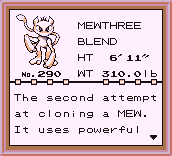
Mewthree
Metwo is a clone of Mew and the strongest Pokemon to get in the game. This made the addition of another evolution fire the imagination of trainers around the world. It is one of the most famous PokeGods. Subsequent versions of it, such as MewFour, have also been created, but they have already passed without much notice.
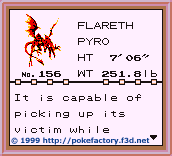
Flareth
Flareth is the next stage of Flareon. Flareth type was extremely popular also another Pokemon resembling a dragon attracted the attention of fans. To obtain it, we needed a stone called as Mist Stone.
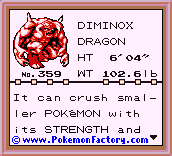
Diminox
It was to be a transformation of Onix, which should be sent between trainers a certain number of times. Onix should be level 60 and was often required to be exchanged for the exact same Pokémon. It did not gain much popularity because its design did not match the original Pokémon, which made it look quite absurd.
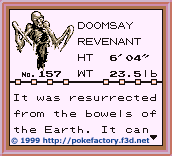
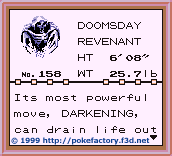
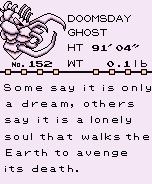
Doomsay i Doomsday
The end of PokeGods’ popularity came in the early 2000s, but several were still popular. Among them were Doomsay and Doomsday. They were legendary Pokémon, Doomsay was supposed to evolve into Doomsday, this was probably due to an error in the name and eventually the story took on a life of its own.
It was to be a PokeGod exclusively accessible via a code entry device – GameShark. Getting such a device was not an easy task, so it was hard to test this theory years ago.
It is worth noting that their image differs from ordinary Pokemons and resembles undead demons than pocket creatures.
However, over the years, dark stories from the Pokemon world have gained significantly in popularity, and even after the popularity of PokeGods, many dark stories called Creepastes were created. They were just based often on the theme of death and creatures resembling the living dead.
Summary information
The beginning of the Pokemon series was a time of great interest in all the news of the universe and lack of access to reliable information. Every fan waited impatiently for even the smallest leak about new Pokemon. For example, an animated series contributed to the creation of legends like PokeGods, which already in the first episode showed a legend from the land of Johto – Ho-Oh. Although the period of popularity of this type of stories did not last long, even despite the often absurd form, it found the interest of many people.
The immense power and absurd requirements accompanying their acquisition made PokeGods not easy to falsify for the average player. Years later, however, it is a remarkable and rather forgotten story that accompanied the series.
Powiązane wpisy:
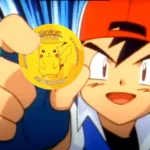 Pokemon Tazo – the entertainment of our childhood.
Pokemon Tazo – the entertainment of our childhood.
 Chio Dragon Ball cards.
Chio Dragon Ball cards.
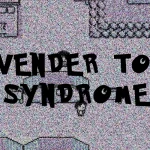 Lavender Town Syndrome spooky tale from the world of Pokemon
Lavender Town Syndrome spooky tale from the world of Pokemon
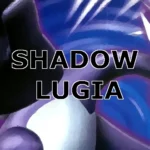 Shadow Lugia from the game Pokemon XD: Gale of Darkness
Shadow Lugia from the game Pokemon XD: Gale of Darkness
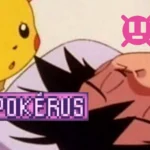 Pokerus – a mysterious virus from the world of Pokemon
Pokerus – a mysterious virus from the world of Pokemon
 Pokemon Creepypasta – Scary Stories in Pokemon World
Pokemon Creepypasta – Scary Stories in Pokemon World
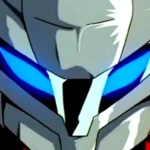 Mewthree – Urban legend of Mewtwo’s new transformation
Mewthree – Urban legend of Mewtwo’s new transformation
 Cloning Pokémon – what is the cloning process?
Cloning Pokémon – what is the cloning process?

